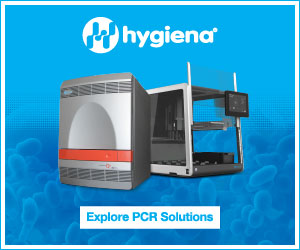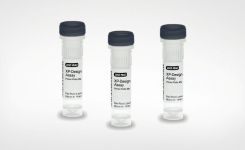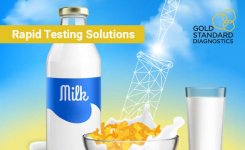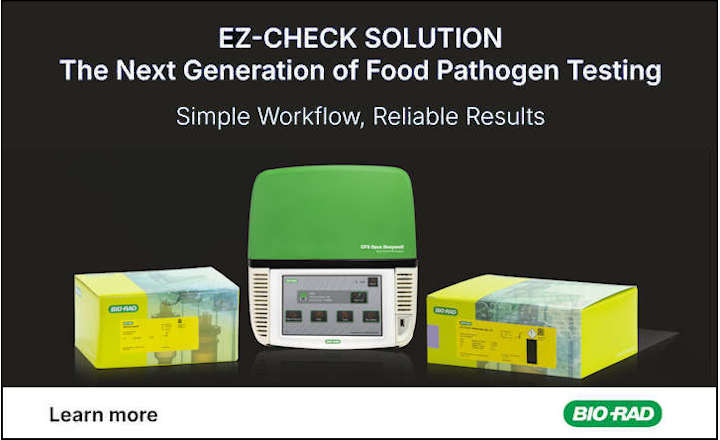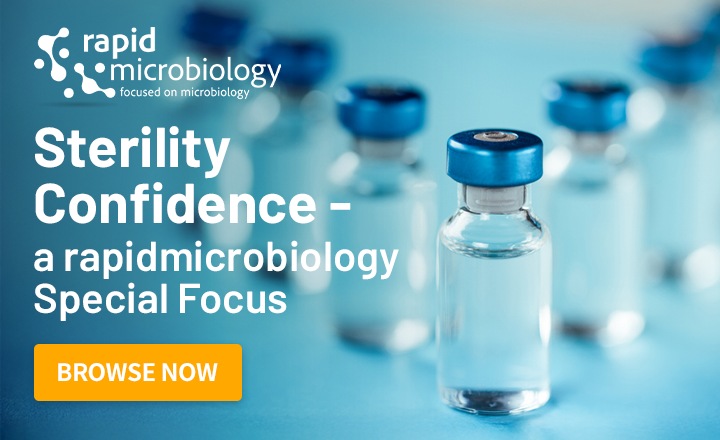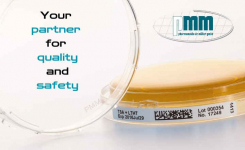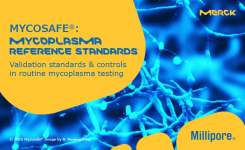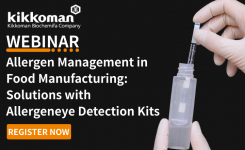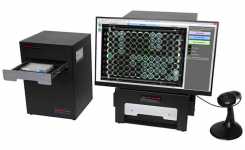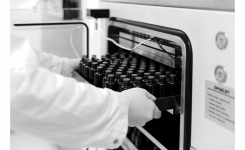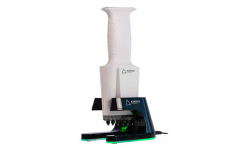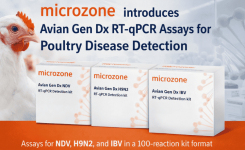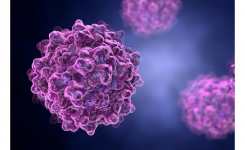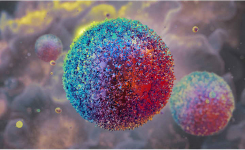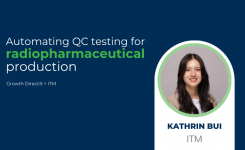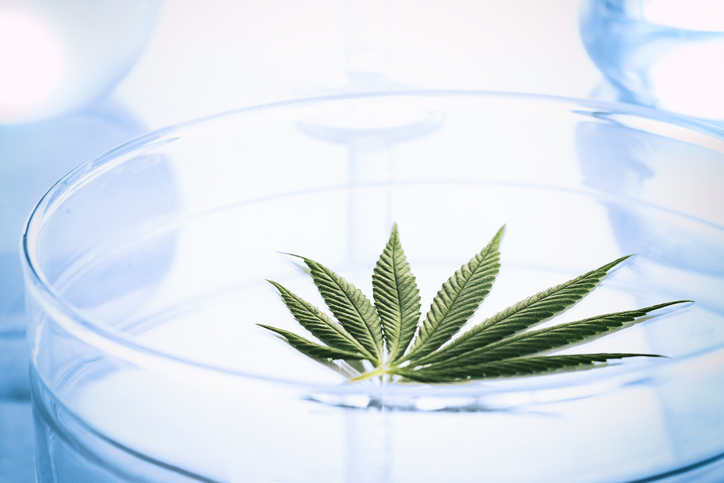
Key points
- There is currently no ISO or FDA standard protocols for testing cannabis and cannabis-derived products (C&CDPs), but each American state has established their own testing criteria for C&CDPs.
- Product users are often immunocompromised and therefore particularly susceptible to pathogens.
- Using traditional plating media may not be suitable for picking up stressed, VBNC's (Viable But Not Culturable) or other difficult to grow organisms such as Aspergillus spores.
Introduction: The 2018 Farm Bill authorized the production of the plant Cannabis sativa L. in the United States and removed it from the Drug Enforcement Administration (DEA) schedule of controlled substances.
Any part of the plant, including the seeds and all its derivatives, extracts, cannabinoids, isomers, acids, salts, and salts of isomers, with a delta-9 tetrahydrocannabinol concentration of not more than 0.3% on a dry weight basis, are no longer controlled substances under federal law. This also means that these products will be subject to the same regulations and requirements as any other FDA authorized product.
Some product users will be from the vulnerable, immunocompromised population which makes them especially susceptible to the presence of microbial contamination i.e. a particular risk is from inhalation of Aspergillus spores that can be fatal. There are also reports of food pathogens such as Salmonella, that is known to cause febrile seizures in people with epilepsy. Therefore it is of utmost importance that laboratories marketing themselves as cannabis testing laboratories to be ISO 17025:2017 certified.
Regulatory bodies: States such as California, Nevada, and Alaska have established their own safety testing guidelines requiring the detection of specific organisms in cannabis before use.
Methods for Microbiological Testing of Cannabis
Biochemical Based Tests: Testing of raw materials, monitoring of hygiene/cleaning procedures and presence of allergens can be done relatively easily using ATP-based kits, these do not require a laboratory and can be performed on-site.
Plates: The traditional approach of microbiological analysis is by growing colonies on appropriate agar media in Petri dishes. The task of preparing, sterilizing, and pouring plates can be eliminated if ready-made plates or the dry film plates are used instead. Dry film plates are easier to store, with longer shelf life and work by adding the diluted or post-enrichment sample to the dry plate which both rehydrates and inoculates the media all in one procedure, leaving just a final step of putting them into the incubator. These ready-to-rehydrate plates are ideal for indicator organisms such as total aerobic counts, Enterobacteriaceae/coliforms, and yeast/molds, and also for more specific pathogens (E.coli, Salmonella, Staph aureus) using selective chromogenic based media will clearly identify presumptive colonies.
The advantages of plates whether made in-house or dry-film is that they have relatively low capital and cost per test, suspect colonies are readily available for further identification such as MALDI-TOF, and the exact strain of the organism can be obtained to precisely pinpoint the source of the contamination via a track and tracing approach. The disadvantages are they can take a long time to get the result – 24 to 48 hours depending on the test, and they require an experienced technician to set up, read and interpret the results.
Also, some organisms may grow poorly, which can lead to an under-reporting of the level of contamination, fungal spores such as Aspergillus for example, which are a common environmental contaminant and can cause problems in immunocompromised patients, may grow slowly on plates and therefore be overlooked as other competitive flora grow better and take over the plate.
Molecular Tests: An alternative approach to plates are molecular-based tests; various systems are available based on PCR, real-time PCR or qPCR. These amplify a target sequence of DNA that has been released from all microbial cells present in the sample and can deliver a more rapid result that does not require further confirmation.
An enrichment stage will still be required when testing for pathogens using most molecular-based assays. It will be the worflow post enrichment that will deliver faster results. Some assays will require the capital investment in a specific instrument, while others can run on any open thermocycler/heat block.
Typically there is a higher cost per test when compared with plates, but the result delivered has better accuracy result; VBNC (Viable But Not Culturable) cells, stressed cells, and Aspergillus spores can all be detected. However, molecular methods also detect dead cells, and so an extra centrifugation step or additional reagent needs to be performed that will remove free DNA from dead and lysed cells.
Moisture Content Analysis: As part of state regulations into the safety of C&CDPs, a water activity (Aw) maximum limit is set to reduce the risk of contamination by bacteria and fungi. The state of California, for example, requires all dried cannabis products to be below 0.65 Aw and for solid edibles to be under 0.85 Aw.
Common methods used to determine Aw involve weighing a sample, drying it in an oven, and then weighing it again. Water content can also be measured and tested using KF (Karl Fischer) apparatus. The KF test uses titration to measure the Aw in the sample. However, the solvents used in KF analysis have been shown to react with ketones and aldehydes in the plant that can affect the standard solvents reaction.
Although these methods, when compared with modern instruments, are seen as time-consuming and error-prone. Automated moisture analyzers designed for this purpose are seen as an ideal solution, as they can be set to shut-off drying once the desired A w is reached.
Commonly Tested for Organisms
Standard Bacterial Indicator Tests (total coliforms, total aerobic bacteria and gram-negative bacteria): As the product falls within the remit of food safety legislation, general indicators of hygiene are tested for as well as typical foodborne pathogens, i.e. Salmonella, Listeria, and E.coli.
Aspergillus spp: Although the plant's flowers have a short shelf-life and the presence of aflatoxins is generally associated with long-term storage, i.e. grain silos, Aspergillus sp. has been found on the plant as part of it's normal flora. Typically Aspergillus spores are ordinarily harmless when inhaled; however, this is not the case for immunocompromised people. And so if the cannabis industry is to align with its predicted market growth, it is reasonable to assume that with the increase in commercial hemp agriculture, the expected demand, along with the complication of seasonal variations, long term storage might be a possibility. With this extended storage comes the increase in risk of the formation of aflatoxins from any aflatoxin producing fungi that may be present, such as A. flavus; of which half of its isolates have been reported to form.
There are four species of Aspergillus that need to be targeted, as set down by Emerald Test ILC/PT program: Aspergillus flavus, fumigatus, niger, and terreus.
Clostridium botulinum: This motile gram-positive, rod-shaped, anaerobic spore-former was found as part of the cannabis plant's microbiome in several studies. Its presence on the plant is a massive concern for state food safety bodies due to its ability to produce botulinum toxins. Regulations in some states, Colorado (CO) for example, say C&CDP must either be irradiated to destroy bacteria and spores or be maintained at below 5ºC/41°F to prevent the growth of existing spores.
However, due to problems arising from validating a C. botulinum protocol, as the organism needs to be handled in a biosafety level 3 lab, many states have not added this organism to their cannabis testing schedule. This omission is also due to a lack of accurate qPCR probes on the market for C. botulinum. Laboratories concerned about the presence of this organism should consult ISO/TS 17919/2013 PCR for detection of foodborne pathogens - Detection of botulinum type A, B, E and F neurotoxin-producing clostridia or US FDA Bacteriological Analytical Manual, Chapter 17 Clostridium botulinum.
Validation: The United States Pharmacopeia (USP) have formed a cannabis expert panel and published 'Cannabis Inflorescence for Medical Purposes: USP Considerations for Quality Attributes' in the Journal of Natural Products. The paper provides limits for contaminants i.e microbial levels and mycotoxins based on existing USP procedures for general tests and assays and advises consulting USP general chapter <1223> 'Validation of Alternative Microbial Methods' during method validation efforts.


